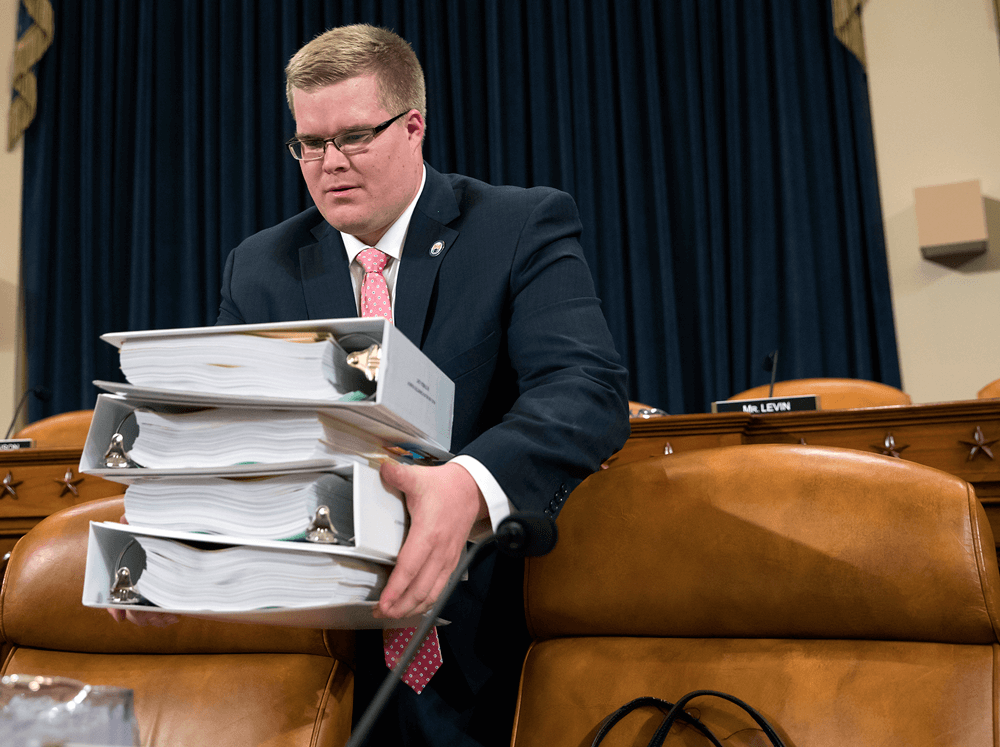Republican tax plan slams workers and job creators in favor of the rich and inherited wealth

The tax plan released by Republicans in Congress and praised by President Donald Trump is a remarkable document in many ways, but most notably in that it achieves the opposite of its stated goal. Presented as a tax cut for workers and job-creating entrepreneurs, it is instead a giant tax cut for the rich and inherited wealth.
First, the proposed legislation cuts the top rate on profits recorded by so-called pass-through businesses from 39.6 percent to 25 percent, with a trick that neatly summarizes the philosophy of the bill: The reduced rate applies only to passive business owners, not to active entrepreneurs. Investors who own shares in lucrative firms for which they do not work will pay 25 percent on the profits flowing to their bank accounts. But entrepreneurs who work to earn income from start-ups in which they are actively involved will pay the higher rate of 39.6 percent. Wealthy investors win bigly. More jobs are not created. Workers get nothing.
The proposed plan contains complicated rules to avoid active businessmen angling to pay the lower 25-percent rate by pretending to be passive owners. If these rules work as intended, passive owners will be the sole beneficiaries of the bill—again, a perverse outcome. But if clever tax accountants abuse the new rules, or lobbyists in Washington succeed in getting the lower tax rate enacted for all owners of pass-through businesses, we will see an even larger tax cut for the top 1 percent of income earners and a federal budget deficit that balloons even more.
Second, the Republican plan reduces, and then eliminates, the estate tax. The beneficiaries of this measure will be the heirs and heiresses of the wealthy who die with more than $5.5 million in net wealth—who don’t need to create a single job for this reward. Conveniently, the provision would allow the Trump family to avoid more than $1 billion in federal taxes—if they have not already organized their affairs to dodge the estate tax by creating family trusts. Inheritors, who by definition have not earned their wealth, will be able to keep their full inheritance free of any federal tax.
Third, the proposed bill cuts corporate income taxes by $846.5 billion, primarily by reducing the corporate tax rate from 35 percent to 20 percent. Whatever one believes about the long-run effects of cutting corporate taxes, it is clear that in the short and medium term, the cut overwhelmingly benefits shareholders, who do not need to do any work to reap their profits.
So, here is what the Republican tax plan boils down to: A retired passive business owner in Florida gets a huge tax cut, with his marginal income tax rate falling from 39.6 percent to 25 percent and his corporate investments reaping higher returns due to the corporate tax cut. His children will inherit a bigger estate and will not have to pay any tax on it.
In contrast, the successful start-up owner who is actively growing his business in Silicon Valley sees his marginal tax rate increase from 47.6 percent to 52.9 percent (when taking California taxes into account) because of the repeal of the deductibility of state income taxes. Of course, some Silicon Valley start-uppers will one day become Florida retirees, but if Congress want to help entrepreneurs, it seems more logical to cut their taxes while they’re young, rather than the taxes of their future selves.
Republicans will noisily claim that cutting taxes on wealthy business owners will boost economic growth and end up benefitting workers down the income ladder. The idea is that if the government taxes the rich less, the wealthy will save more, grow U.S. capital stock and investment, and make workers more productive. The evolution of growth and inequality over the past three decades makes such a claim ludicrous. Since 1980, taxes paid by the wealthy have fallen dramatically and income at the top of the distribution has boomed, but gains for the rest of the population have been paltry. Average national income per adult has grown by only 1.4 percent per year—a poor performance by both historical and international standards.
As a result, the share of national income going to the top 1 percent has doubled from 10 percent to more than 20 percent, while income accrued by the bottom 50 percent has been almost halved, from 20 percent to 12.5 percent. There has been no growth at all in the average pretax income of the bottom half of the population over the past 40 years—during which trickle-down enthusiasts promised just the opposite. Now they’re doing it again. Will we listen?
—Emmanuel Saez and Gabriel Zucman are professors of economics at the University of California, Berkeley.
This piece is cross-posted at UC Berkeley Opportunity Lab.

